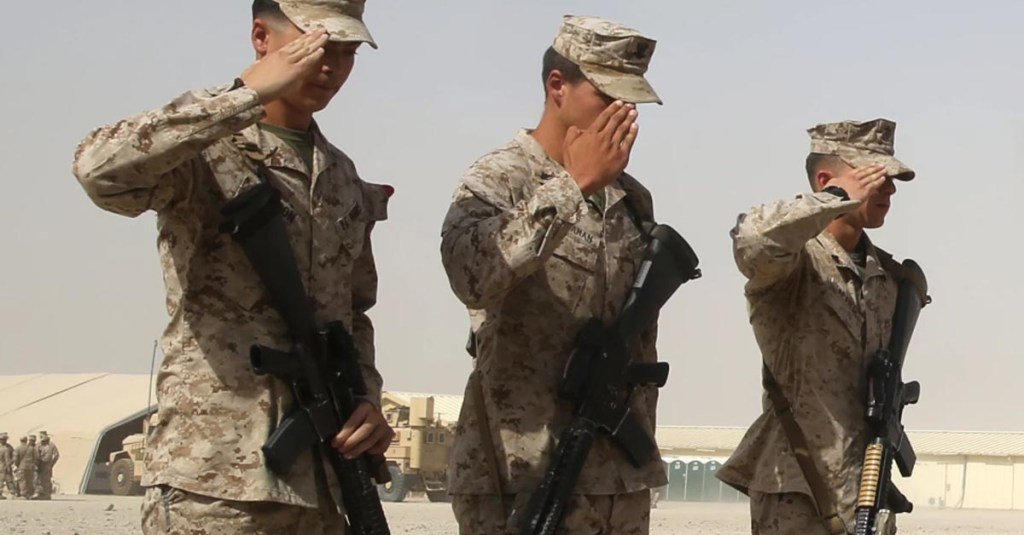It’s a reality no one likes to face: accidents happen in wartime, and sometimes the wrong people get killed. Once the fog of war is lifted, someone has to sort out what happened and why, no matter how much the truth hurts. There are many infamous, tragic examples of the U.S. military losing good people to friendly fire, the most well-known perhaps, being the story of ex-NFL star and Army Ranger Pat Tillman.
Friendly fire incidents are not unique to the United States military. Notable examples of casualties inflicted by friendly forces can be found all the way back to the ancient Greeks. An Austrian army even fought a full-on battle against itself on one occasion. The fog of war can be thick and pervasive.

Tillman was killed in Afghanistan while attempting to support his own unit.
In the wake of a friendly fire incident, especially a public one, even if it’s not as well-known as the Tillman incident, there must still be accountability. Friendly fire, it should be noted, is a distinctly different event from a fragging, as far as the Army and the Uniform Code of Military Justice are concerned. A friendly fire incident involves the killing or wounding of friendly forces while engaging with what is thought to be a hostile force. “Fragging” is simply premeditated murder. An investigation of the incident will reveal who is at fault for which potential offenses. When a troop or unit is found to have committed a friendly fire incident, depending on the severity, the investigators will first look into the type of error committed.
The two offenses most likely to be charged in such an incidence are involuntary manslaughter or the lesser charge of negligent homicide. For the involuntary manslaughter charge to stick, investigators have to prove “a negligent act or failure to act accompanied by a gross, reckless, wanton, or deliberate disregard for the foreseeable results to others.” Pointing a pistol believing it to be unloaded and firing it accidentally killing someone is an example of involuntary manslaughter. For a negligent homicide charge, all the prosecution has to prove is negligence, even a simple failure to act that resulted in the death of another.

During Desert Storm, 77 percent of American vehicle losses were attributed to friendly fire.
Dereliction of duty is another charge that could be levied in a friendly fire investigation. This would mean the accused knew he or she had a duty to perform and willfully neglect to perform them or knowingly underperform them without a reasonable excuse – though ineptitude is a defense against this charge.
While these are the most common charges for those accused of friendly fire incidents, in the U.S. military, few of these -charges ever go to a court-martial and those that do usually result in an acquittal. The reason for this is not a failure to respond to the issue of friendly fire, friendly fire incidents have been around since the beginning of war and will continue to occur in wartime. It is simply difficult to prove that negligence or wanton disregard was at play for troops who had to make split decisions in combat situations. Even the best troops can make bad decisions with tragic consequences when bullets start to fly.

During World War II, the US accidentally bombed neutral Switzerland more than once.
Even when charges aren’t pursued by courts-martial, troops are still able to be punished through non-judicial punishment. Career-ending letters of disapproval can be written, troops can be put behind desks, pilots can be grounded. The difference is in proving negligence.
In the case of Pat Tillman, his fellow Rangers saw movement and muzzle flashes from Tillman’s position while they were being attacked from the surrounding areas. Since they reasonably believed they were firing at the enemy, it did not meet the charges of negligent homicide or involuntary manslaughter. While none of the soldiers involved were criminally liable, seven received non-judicial punishments for various offenses, including dereliction of duty.










